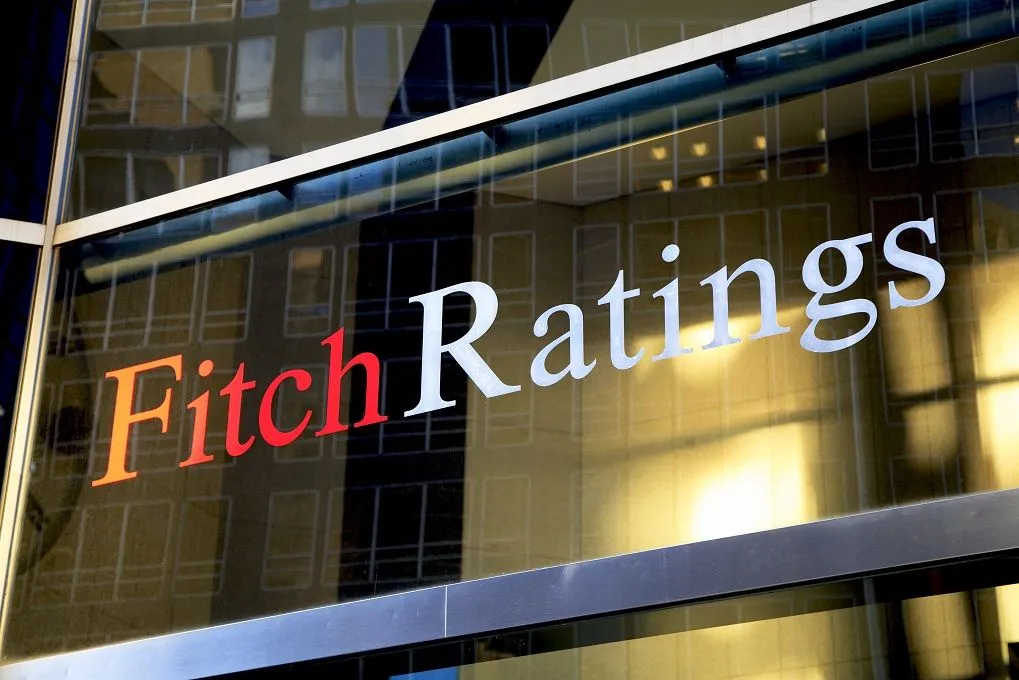Pakistan has made significant progress in restoring economic stability and rebuilding external buffers, according to Fitch Ratings. However, the agency emphasized that continued progress on structural reforms will be critical for upcoming reviews under the International Monetary Fund (IMF) program and for securing financing from multilateral and bilateral lenders.
The State Bank of Pakistan (SBP) recently cut its policy rate to 12% on January 27, reflecting progress in controlling inflation. Consumer price inflation dropped to just over 2% year-on-year (YoY) in January 2025, a sharp decline from an average of nearly 24% in the fiscal year ending June 2024 (FY24). This rapid disinflation is attributed to fading base effects from earlier subsidy reforms, exchange rate stability, and a tight monetary policy stance, which has subdued domestic demand and external financing needs.
Economic activity is now benefiting from stability and falling interest rates. Fitch expects Pakistan’s real value-added growth to reach 3.0% in FY25. Credit to the private sector turned positive in real terms in October 2024 for the first time since June 2022, signaling a recovery in economic activity.
Strong remittance inflows, robust agricultural exports, and tight policy measures have helped Pakistan achieve a current account surplus of USD 1.2 billion (over 0.5% of GDP) in the six months ending December 2024. This marks a significant turnaround from the deficit recorded in FY24. Foreign exchange market reforms implemented in 2023 also contributed to this improvement.
Gross official reserves reached USD 18.3 billion by the end of 2024, equivalent to about three months of external payments, up from USD 15.5 billion in June 2024. Reserves are expected to outperform targets under Pakistan’s USD 7 billion IMF Extended Fund Facility (EFF) and Fitch’s earlier forecasts. However, reserves remain low relative to the country’s funding needs, with over USD 22 billion in public external debt maturing in FY25.
Fitch noted that bilateral partners, including Saudi Arabia and the UAE, have rolled over significant deposits, with Saudi Arabia rolling over USD 3 billion in December and the UAE USD 2 billion in January. However, the agency expects new bilateral capital flows to become increasingly commercial and conditional on reforms.
For instance, discussions on the partial sale of a government stake in a copper mine to a Saudi investor highlight the shift toward commercial financing. Pakistan and Saudi Arabia have also agreed on a deferred oil payment facility.
Securing sufficient external financing remains a challenge, given large debt maturities and lenders’ existing exposures. The government has budgeted for USD 6 billion in multilateral funding for FY25, including from the IMF, but USD 4 billion of this will effectively refinance existing debt. A recently announced USD 20 billion 10-year framework with the World Bank Group aligns with this, as the group’s current project portfolio stands at USD 17 billion, with annual net lending averaging USD 1 billion over the past five years.
Fitch acknowledged progress on fiscal reforms, despite some setbacks. The primary fiscal surplus has exceeded IMF targets, but federal tax revenue growth fell short of the IMF’s indicative performance criterion in the first half of FY25. All provinces have recently legislated higher agricultural income taxes, a key structural condition of the EFF. However, delays in implementation meant the January 2025 deadline for the reform was missed.
Fitch Ratings noted that positive rating action could result from a sustained recovery in foreign reserves, significant easing of external financing risks, and fiscal consolidation in line with IMF commitments. Conversely, delays in IMF reviews or deteriorating external liquidity could lead to negative rating action.










